

When you’re passionate about sewing, you need to know all the correct ways. This ensures you don’t make any mistakes and ruin any work you may have done. It’s because of these challenges that some people avoid sewing with knit fabric.
Sewing with knit fabric can be difficult because it stretches so the stitch has to be done a different way compared to sewing other materials. It’s important to know how to do a stretch stitch in order to prevent your stitches from popping.
In this article, we’ll go through the different stretch stitches, what you’ll need and how to do it by hand. You will be able to get the best results possible and feel proud of anything you make going forward!
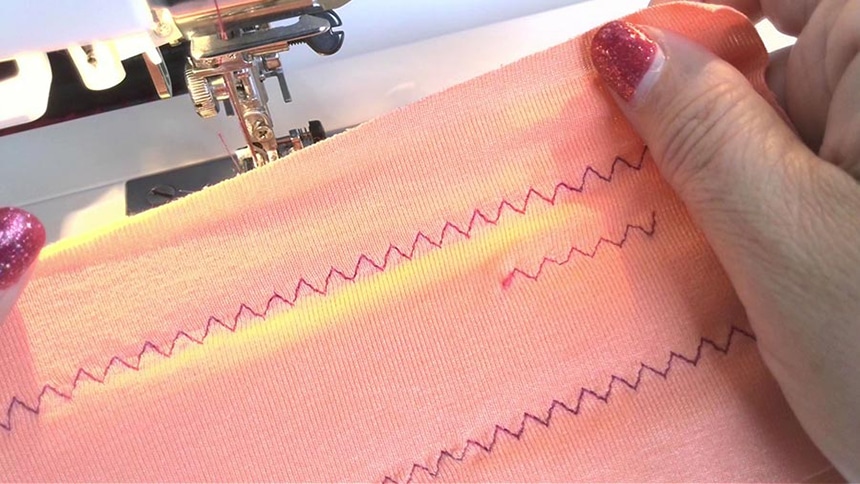
Using a stretch stitch sewing machine will give you all the different types of stretch stitches you need as most sewing machines already have them. A good sewing machine for you to look into would be the SINGER Professional Serger. Not only does it have a good rating from existing users but it’s extremely easy to use because it offers you a whole range of sewing options, from sewing hems to sewing decorative edges. Your equipment does determine the outcome of sewing projects, so investing in a proper machine is a good choice, even if you’re just a hobbyist.
There are two different types of needles you should have on hand when sewing knit fabric.
The type of needle you use is extremely important because you can’t use a regular needle on knit fabric. You can purchase the SINGER Stretch Sewing Machine Needles which gives you 5 needles in case any of them break. Another bonus is that these are the correct needles you would need to use for this work.
It’s important to know exactly how to sew a stretch stitch because you’ll need to know which technique you should use on different knit fabric. Remember, not all knit fabric is the same. Some are more elasticated, which is why you need to know which stitch you should use when you do stretch stitching.
Below are the techniques you can use when you’re stretch stitching. You’ll need to keep these different stitches in mind when using different knit fabrics as some are better for specific materials. Matching the right stitch to the right fabric will help you achieve the look you’re going for.
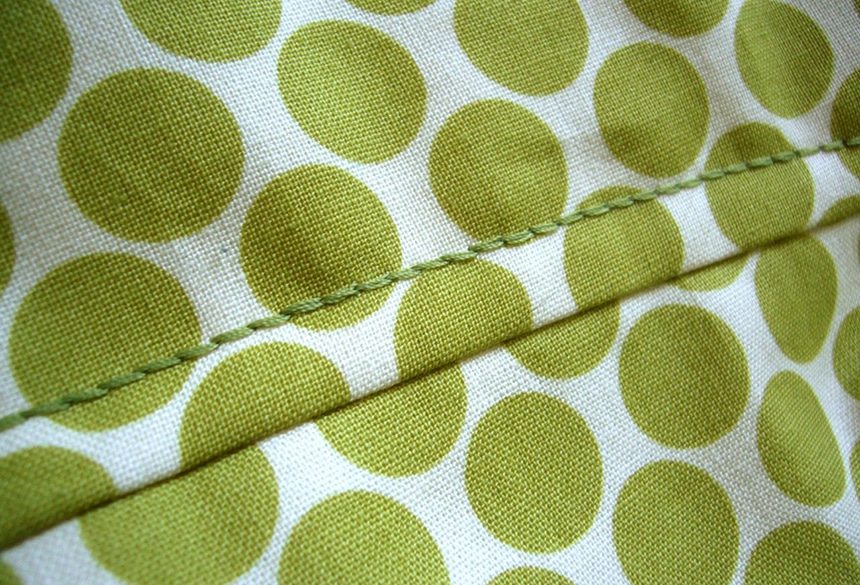
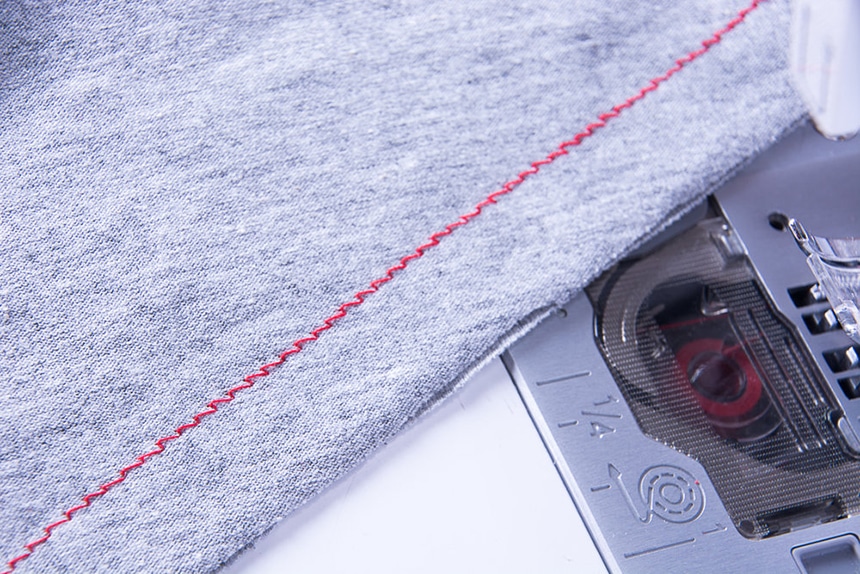
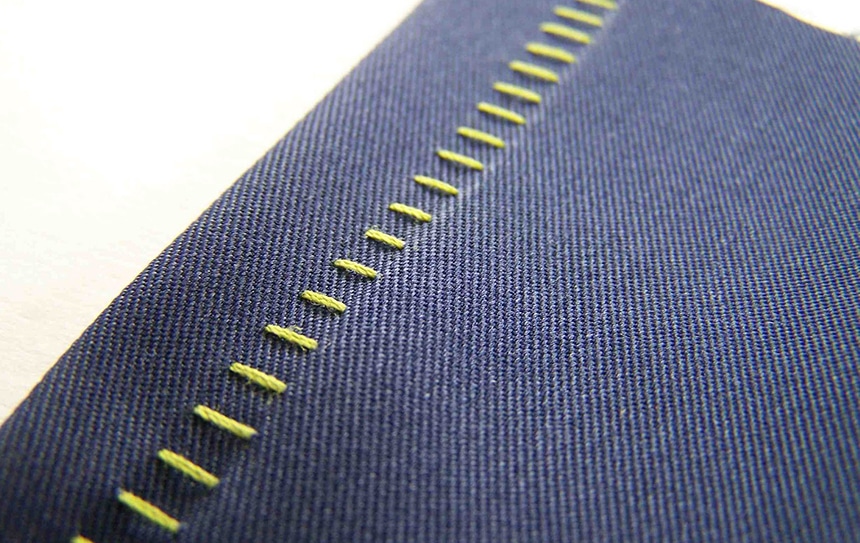
A zigzag stitch is extremely popular for beginners. It is just as strong as the triple stitch and most sewing machines offer this stitch. This stitch will give you the stretch you are looking for while preventing any of your seams from coming apart.
Often you may find that when using the zigzag stitch, tunneling occurs. This can be frustrating and in order to stop that from happening, try using a three-step zigzag stitch instead.
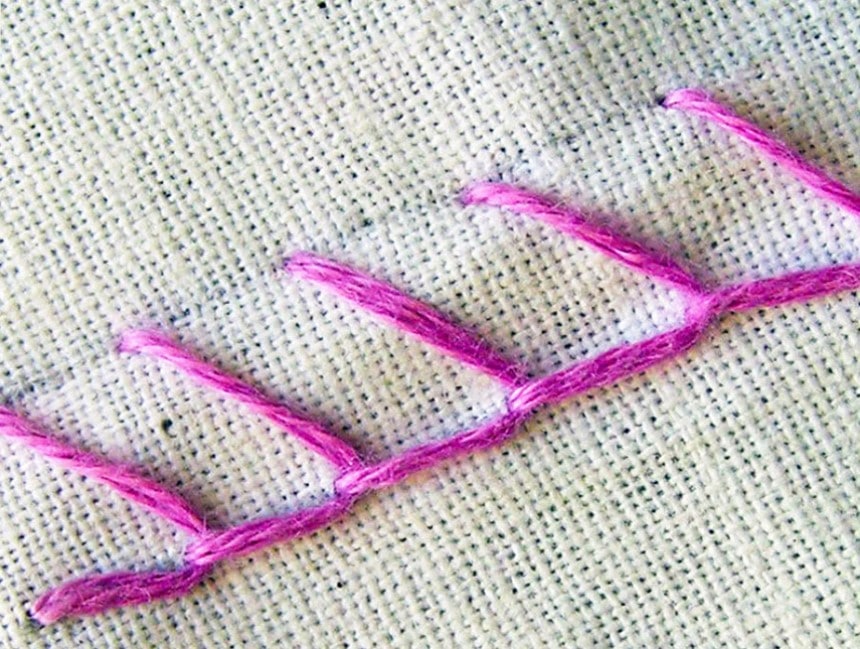
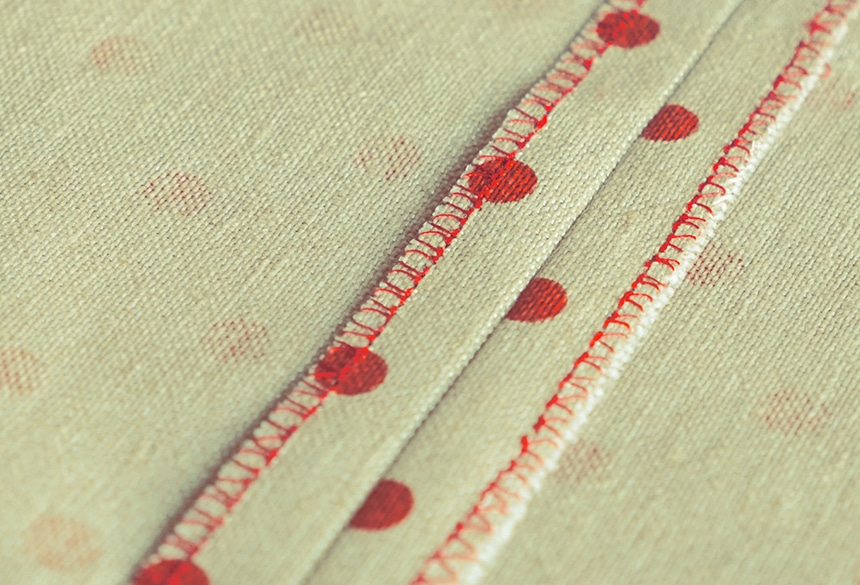
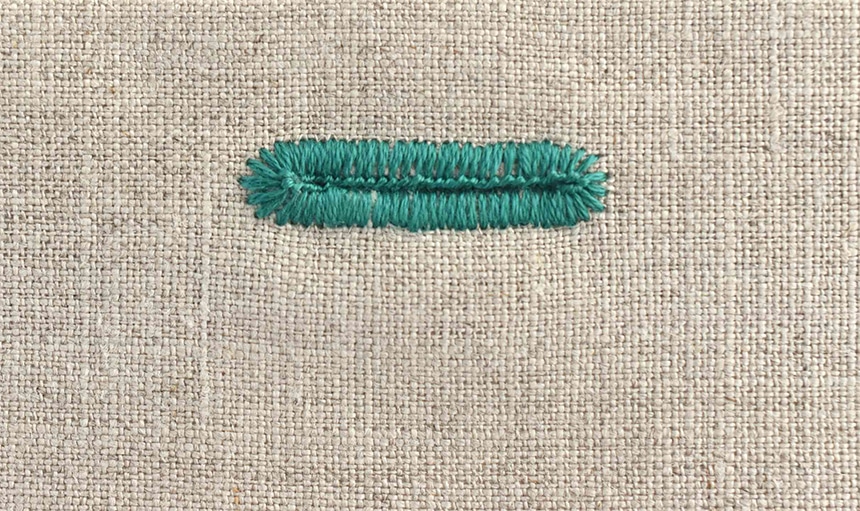
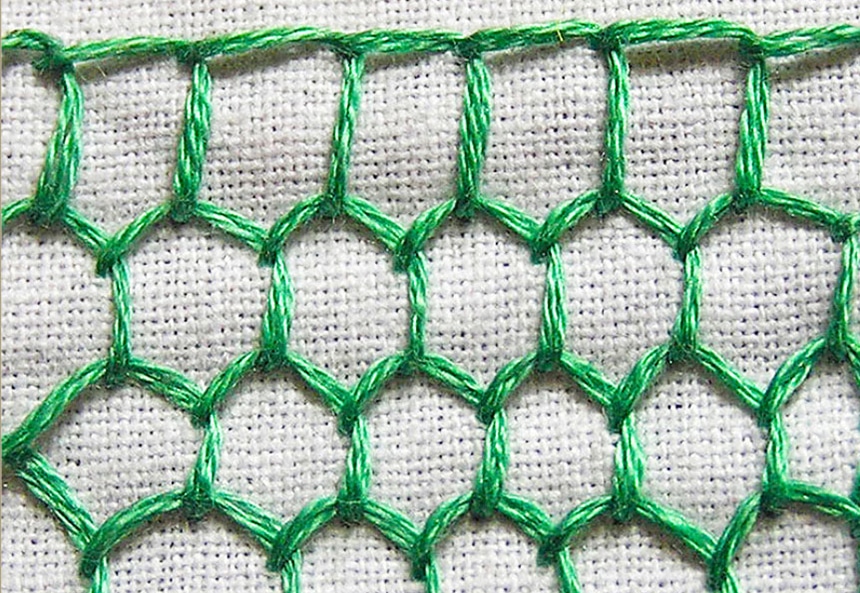
Luckily, all of these stretch stitch techniques can be achieved by hand and not only when using a serger sewing machine. Although sewing stretch stitches by hand can be time consuming and a little difficult, it can be done. All the techniques listed above can be done when sewing by hand:
There is no need for you to avoid knit fabric now that you’ve learned everything there is to know about doing the perfect stretch stitch. You’ll feel more confident whenever given the task of sewing stretch stitches either by hand or using your sewing machine.
Make sure you’re giving yourself the time to learn while being patient with yourself if you happen to mess up. Practice makes perfect after all. If you’re passionate about sewing, then you are most definitely up for the challenge which will no longer seem so daunting after reading this article.
Stretch stitching can be difficult but now that you’ve mastered it, grab that piece of knit fabric that you’ve been afraid of and have fun!